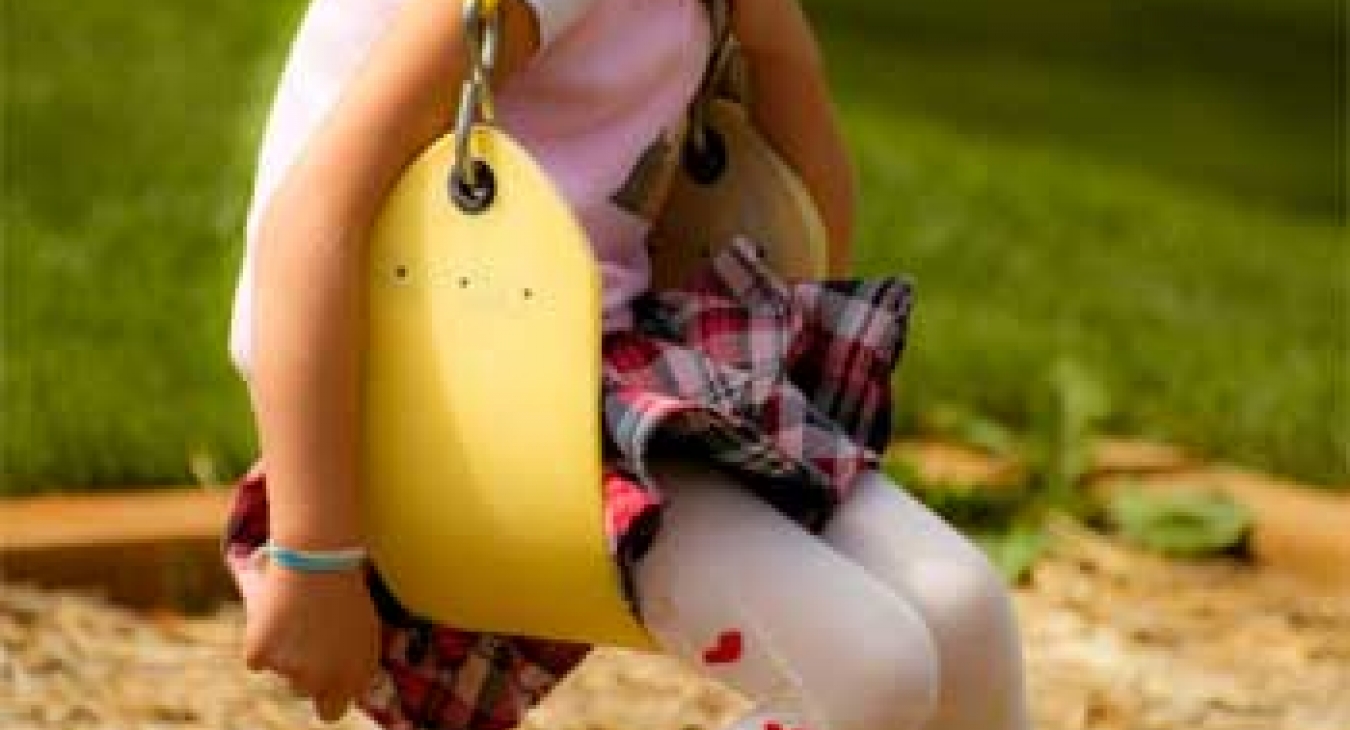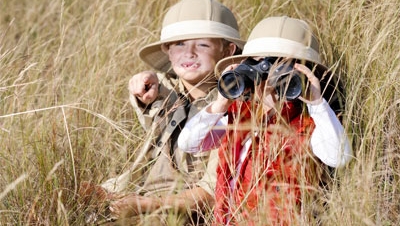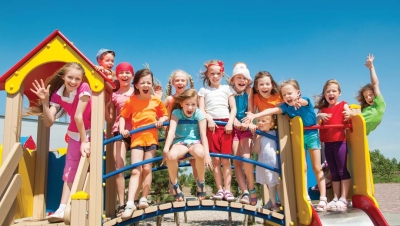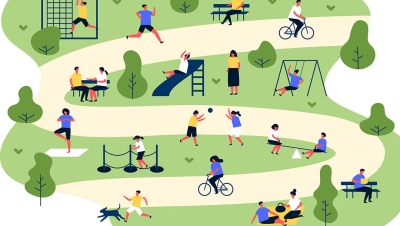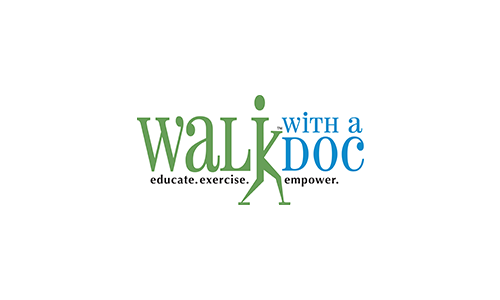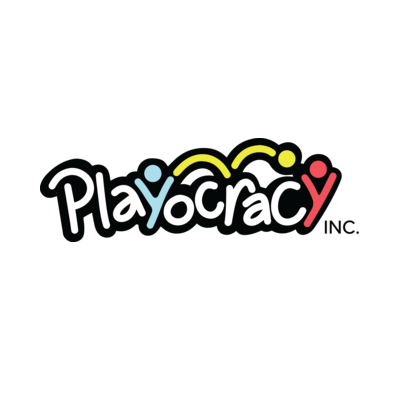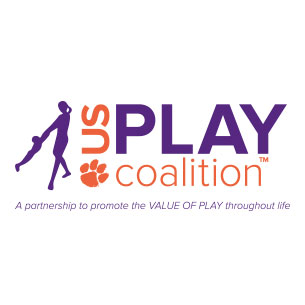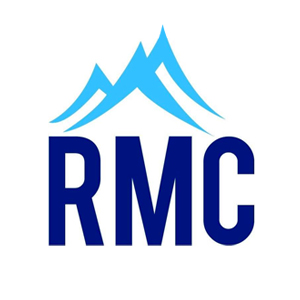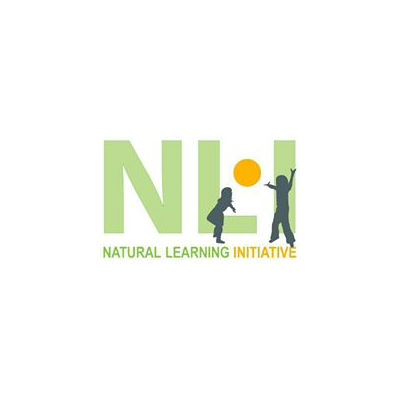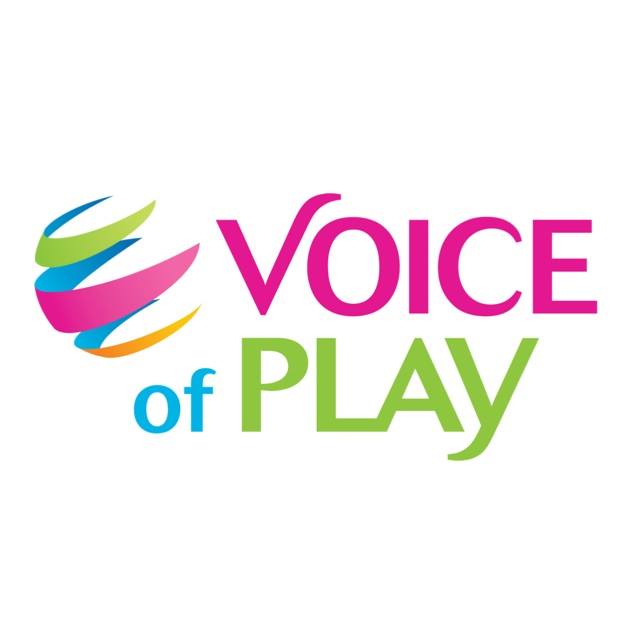The Latest Challenge to Free Play - Today's Headlines
In my last column I cited some news headlines that reported a child’s death on a playground and some resulting actions of removing playground equipment to avoid injury.
What can we do to curtail or fend off this knee jerk reaction and public relations nightmare?
There is a need for a comprehensive public awareness and education campaign on the benefits of play on a child’s development versus the risk of harm to that very same child. This type of media campaign and ensuing public discussion is the missing link to educating and training both the general public, policy makers, and public play area managers.
We need an open discussion with legislators and policy makers on the harm of over-reacting to injuries that create sensational headlines to these tragic events. Accidents do happen regardless of how compliant a play area is to current public playground equipment and protective surfacing safety recommendations.
We all know a child can suffer a very serious permanent debilitating injury or even die anywhere and anytime during the course of his day. Yes, these tragedies do occur in the most secure safety compliant environment. Why do the injured party and their family feel victimized? Why do we always have to find someone responsible for the incident?
Fortunately very few children die while playing in their neighborhood school or park playground. Nobody wants to see a child seriously injured or die. That being said, society cannot protect each and every person from their own actions. Everyone agrees these types of injuries are shocking. They each have profound impacts to the injured party and their family. Thousands of people die needlessly from common every day occurrences.
While nobody wants to see a child seriously injured, we all cannot lose sight of the function and purpose of the play area. Playgrounds provide a child critical developmental benefits derived from these free play experiences. The intended playground users learn and experience very important life lessons within these challenging fun environments.
The goal of the owner/operator and designer of these play environments is to provide new stimulating and challenging experiences and learning opportunities for every user based on their developmental needs. Such a play environment will provide opportunities for the user to conduct their own personal risk assessment and learn from this experience. This assessment process requires the user to consider their perceived readiness to take the risk of their own actions based upon their physical abilities, current life experiences, and cognitive readiness.
Someone once told me a child cannot learn to walk without falling down. Likewise a child cannot learn and grow without trying many different things and experiencing failure in the process. By trying new and different things we begin to solve our own problems from different approaches. Do kids always slide down a slide sitting face forward? Do kids ever run up the slide? Do they ever swing on the seat standing up?
We are all different. We all develop at our own pace. We learn to walk and talk at different times. There is no set date when we utter our first word, however, there are several developmental milestone or points of reference that child development experts consider within the normal range. It for this reason we must embrace our differences and understand there is no right or wrong answer here, but there remains the need to allow for this individuality and understand that children will make mistakes in judgment.
Even though children need to fall to learn to walk, do we always hold their hand? We realize sometimes the consequences of a fall may be severe. What we cannot do is protect a child from all the consequences of falling. My son did not learn that the stove was hot because I said so. He first needed to understand what the word “hot” meant. Once he experienced what hot was, he had a frame of reference which allowed him to move on and learn why he should have listened to me and not placed his hand on the frying pan. This learning experience was carried through into other circumstances he encountered in other indoor and outdoor environments.
What role do the media have in this public debate?
We struggle to make the kinds of significant improvements in both quality and quantity of our public play spaces when it comes to giving children the kinds of environments they desire and need. Funding Issues have always been a major issue; however we continue to fight the windmills of public opinion making play some kind of four letter word.
Beyond the issue of funding there is the Liability Issue or the perceived fear of liability. We have to stop making settlement payments for every child that breaks an arm or leg while doing what children do at play. More of these types of tragic injuries occur in and around the home than in public school grounds and public parks.
For every headline about some tragic incident on the playground, I wish the press would give equal time to stories about the lack of play opportunities. What about the resulting negative outcomes on our children because of fewer play opportunities and the looming cost to society from generations of play deficient childhoods? What if our children never get a chance to swing? What if they never experienced that inner ear vestibular stimulation? Do these experiences help develop and even improve one’s balance? Would this limit their future growth in some way which in turn could limit their ultimate potential to succeed?
There are too many questions which I cannot answer, but from the things I have heard and read from people far smarter than I, it certainly appears the lack of play has had some very negative impacts on human development.
So in conclusion the resulting Lack of Equitable Play Opportunity Issue poses a larger threat to our children’s development. What is really holding us back is the lack of the general public’s understanding of the whole Importance of Play Issue and how all the parts fit together.
The Lack of Funding Issue
Many foundations and organizations who are promoting the benefits of free play and nature play continue to find money to fund these projects. Most of these projects impact public agencies that lack equal quality play opportunities in many of our major urban centers. I agree these facilities are much needed, but as history has shown, they too will soon become underused because of improper or lack of maintenance. Facilities no longer functioning as intended pose conditions likely to cause serious injury. The current focus is to build more new facilities.
While this is an easier sell when it comes to the Funding Issue and fundraising, I would argue the focus should be towards maintaining what we already have. If we can learn to maintain these facilities as intended throughout their intended life, we would make the best use of our limited financial resources.
While well-intended, this process of funding worthy causes ends up a bit short of its goal. Shortly after the initial positive community spirit and excitement generated during the construction of the new project, the public support begins to wane. Without public support and enthusiasm for the play space, the general public’s enthusiasm will quickly diminish. They will become apathetic about the place they created and the need to maintain a safe place for our children. Once the community becomes apathetic toward the play space, the condition of the play environment can quickly become less than desirable making the area unsafe for our children and a liability for the community and the people who are charged with its upkeep.
Do these words sound harsh? Yes, they are. If the grantors and grantees of these much-needed play spaces cannot commit the funds and manpower required to maintain and repair the play spaces throughout their intended lifecycle, we should stop funding and building the play spaces until we can commit to the need for training those responsible for inspection, maintenance, and repair of these very important play spaces. Failure to maintain our play spaces with trained professional staff can result in serious liability to the playground owner and worse yet result in a severe injury or even death.
Possible Solution
The well-intended grantors should build into the grant guidelines the requirement that every grant recipient must demonstrate they already have or will secure the necessary knowledge and tools required to manage, inspect, maintain, and repair their existing public play spaces and the proposed new playground as best practices for operating playground spaces already suggests.
What has the playground Industry done on behalf of minimizing potentially hazardous conditions – the Liability Issue?
The ASTM Standards for public playground equipment has created performance requirements for designers and manufacturers which have eliminated many of the causes of severe injuries and death on the public playground. Head entrapments, protrusions, crush/shear, and entanglement strangulation hazards have been effectively addressed. Safety concerns related to impact of the playground user with various surfaces within the playground equipment use and clearance zones has been the leading cause of serious to severe playground injuries and a leading cause of death on the playground.
Just last month the F8.63 Subcommittee on playground surfacing systems upheld a vote to reduce the impact attenuation performance requirements from 1000 to 700 HIC; however, there is a challenge to this item being brought forward to the ASTM Committee on Standards. The hearing and results of this challenge should be known before the first of the year.
This is a big step towards reducing both Traumatic Brain Injury (TBI) or concussion. It also has the potential for a lower incidence of long bone fractures. A reduction of the impact threshold to 700 HIC is likely to reduce the Gmax relationship from 200 to approximately 125g. Only over time and with good timely injury investigation and reporting system will we have the facts to support my assumptions. Who will step to the plate to assure these things are done?
This is where the media has the opportunity and responsibility do something positive on behalf of the benefits of play and child development, even in the face of the loss of a child’s life.


